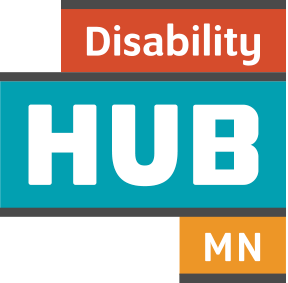What are transition services?
Transition services are a coordinated set of activities to help youth with disabilities move from school toward their best life in adulthood. Services are outcome-oriented and based on a youth's educational needs and preferences for their future.
Transition services may include instruction, community experiences, employment and other postschool adult-living objectives — all based on a youth's individual needs.
Minnesota's Youth in Transition Framework defines quality transition planning. The Framework sets shared learning expectations for best life, in(ter)dependent living, employment, and postsecondary education and training.
Federal law definitions:
